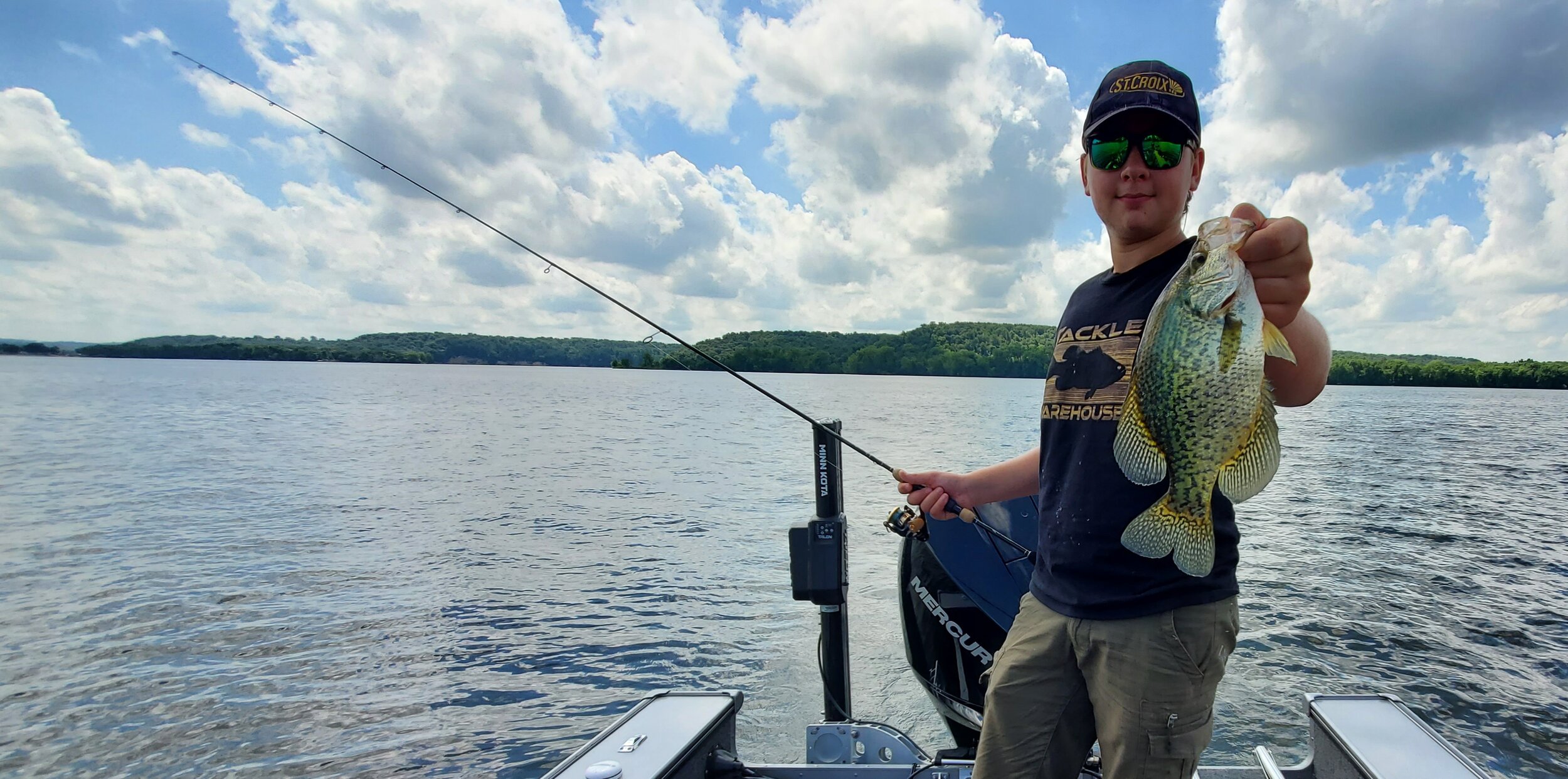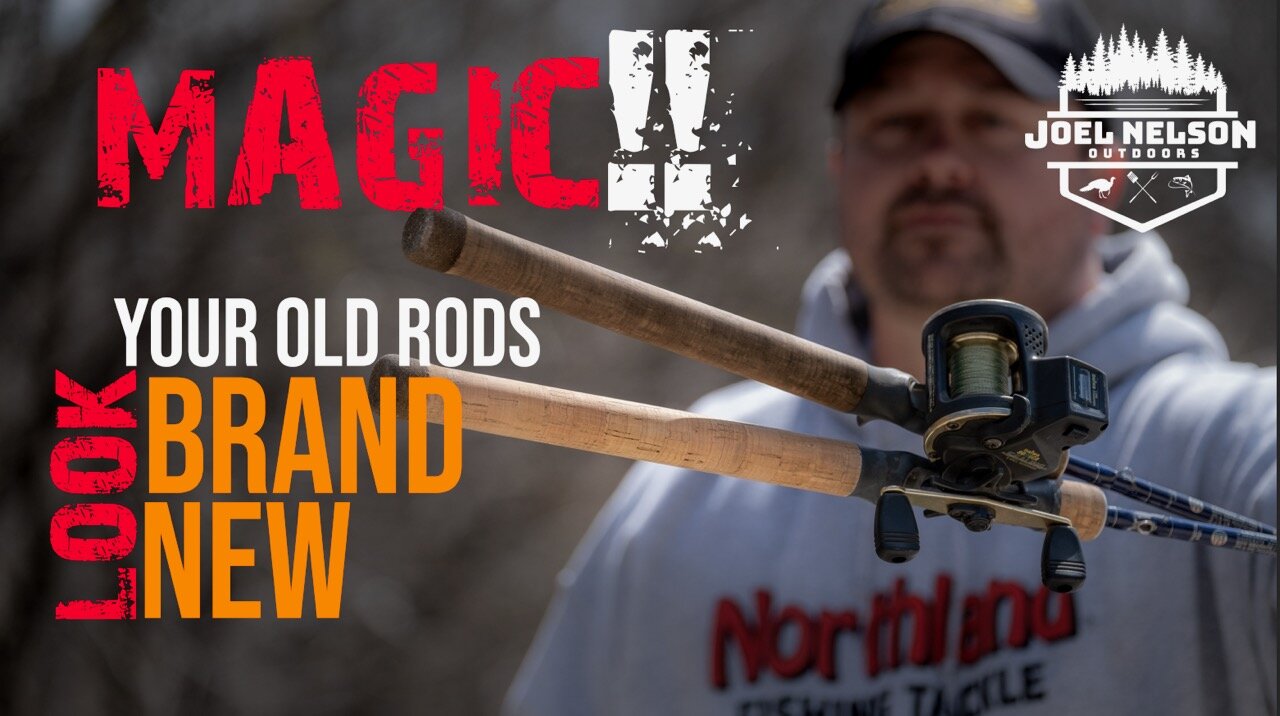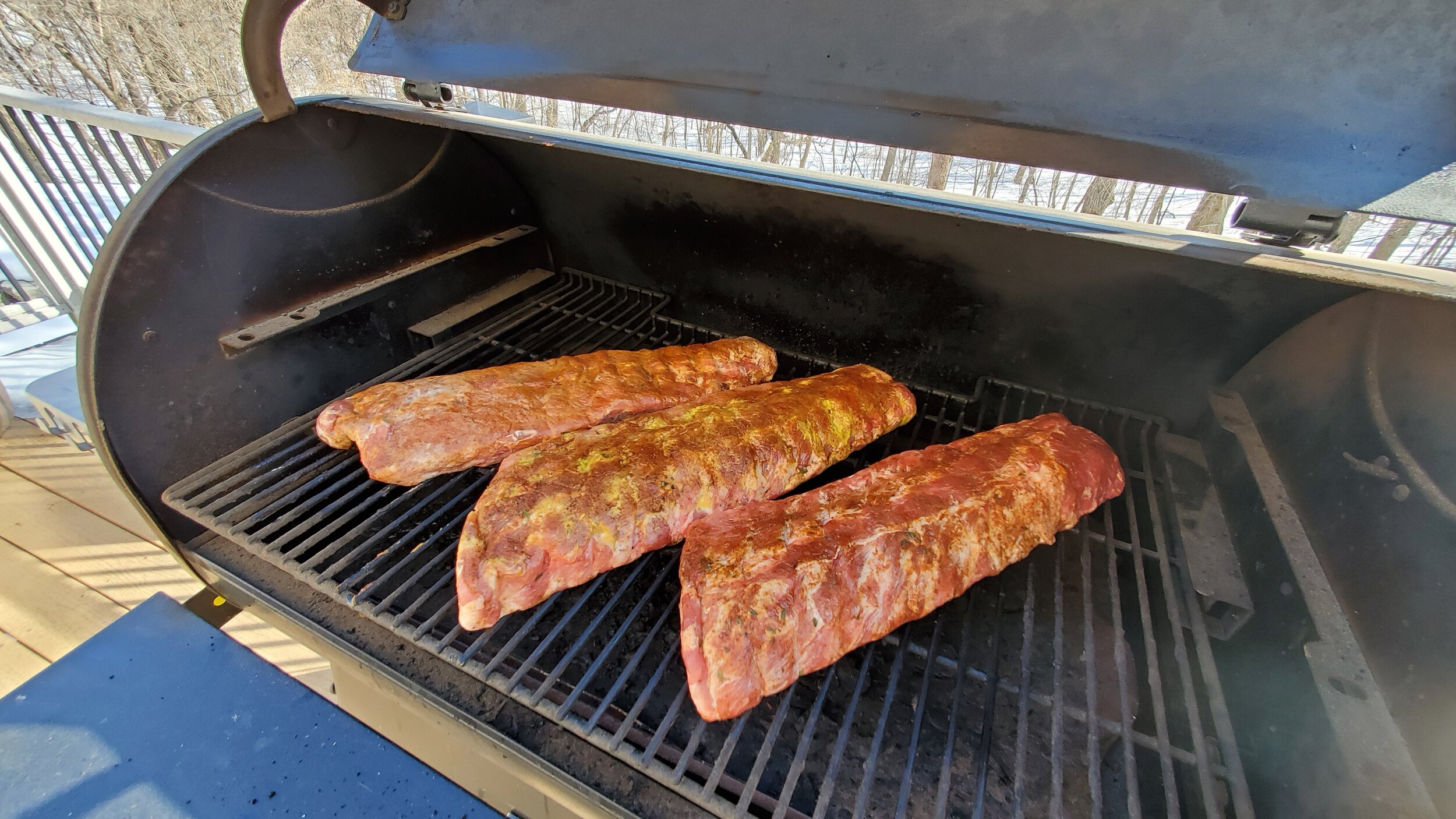Anglers have long been selecting their favorite fishing rods for bass, walleye, muskie, and the like. They’ve had choice among a wide variety of materials, from different blends of fiberglass, to the more numerous strains of carbon fiber. Species and technique specific rods have long been offered in every length, power, and action, even giving certain classes of fishing like “trolling” their own series – but not panfish. Traditionally, a panfish rod has been anything coded UL for “Ultra-Light,” but for all the wrong reasons. No matter the technique, from slip bobbering the shallows for spawn-time gills, to deep dropping big jigs on cribs for crappies, you got a short buggy whip that bent butt-to-tip with little thought for how it would ever be used.
St. Croix changed that a few years back now with its popular “Panfish Series” – a class of rods designed for a number of scenarios, species, and specifics that vex panfish anglers. It included a good number of ultra-light rods too, but offered so much more, with models that took into account the many variables panfish anglers face across the country. From long rod dinking and dunking, to small jig pitching and trolling, these lengths, powers, and actions simply mimicked an evolution of the many bass and walleye models before them.
Anglers spend hundreds of dollars on rods designed to detect the bite of a bass that nine times in ten crushes a jerkbait, spinnerbait, or other aggressive lure. Subtle presentations and finesse applications are supported with the lightest, most sensitive, and well-balanced sticks in the game, yet until the Panfish Series, the same couldn’t be said for any crappie or bluegill rods. Yet, sensitivity for smaller species can be the ultimate equalizer, a true difference-maker that determines success from failure on the toughest of days.
The same anglers that spend up for the finest technique specific rods in the game, also understand that bite detection is only part of the equation. They know that lightweight rods, balanced perfectly to the presentation at hand, make all the difference in delivery of said presentation. For exacting anglers that demand the best tools for the job, the Legend Elite Panfish Series by St. Croix is yet another cut above. Lighter blanks made from the same materials as their flagship high-end bass and walleye rods, give panfish anglers the upper-hand in delivering tiny jigs in tight places.
Anyone can cast a ½ oz jig into the breeze, but what about sizes down to 1/32 oz? Bluegill anglers are often looking for a rod that delivers these smallest of sizes as far as possible away from the boat. Casting distance is a huge factor in proper panfish presentations then, but any fiberlass rod can fling. It takes a versatile stick to deliver distance without compromising on the fundamental need to detect light bites.
Power is something forgotten in panfish circles too, as we’ve so long grown accustomed to the ultra-light sticks, we’ve forgotten that there’s a number of times where panfish anglers need more. Namely on the hookset, in tough cover, or deep water, light-powered rods with Extra Fast (XF) actions are superior for their direct punch and overall control. Set the hook on a small jig at distance, especially with mono, and you’ll find that XF action to be the most worthwhile part of your panfish gear.
There’s also fish at depth or speed to be contended with. In both scenarios, larger weights tax a traditional panfish blank too far beyond its limits, causing a sloppy rod feel and overall lack of control. When jigging deep weed edges for mid-summer gills, or deep cribs in southern reservoirs, your average panfish rod is far too whimpy. When I mention speed fishing, I’m talking quite often about trolling for midsummer crappies with jigs or crawler harness style spinners. In those situations, heavier weights as sinkers or part of the jig itself are the norm rather than the exception.
Panfish tech then is all about having the proper instrument to handle any scenario. Light jigs and long-range delivery, deep water and heavy weights, pencil bobbers and precise pitching; all are just a few instances that directly benefit from exacting combinations of length, power, and action. St. Croix’s Panfish Series, and its featherweight Legend Elite Panfish lineup offer anglers the same seriousness in panfish rods that they’ve come to rely on for other species they target. No matter the technique or destination, there’s a rod spec. combination that excels for each place and time.












